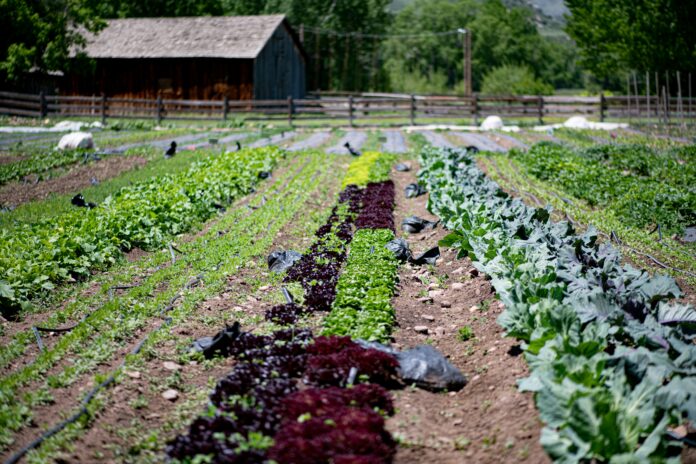What is the Farm-to-Table Movement?
At its core, farm-to-table is about sourcing food directly from local farms and bringing it to consumers with minimal processing and transportation. This approach emphasizes freshness, seasonality, and transparency while reducing the environmental footprint associated with industrial agriculture.
Impact on Rural Communities
Farm-to-table has breathed new life into rural areas by creating economic opportunities for small-scale farmers and artisans. It encourages the preservation of heirloom crops, traditional farming methods, and region-specific food customs. As local farms gain support, rural economies become more resilient and self-sustaining.
Revitalizing Food Cultures
Many rural communities have rich culinary traditions linked to the land and seasons. Farm-to-table initiatives help preserve these practices by encouraging the use of local ingredients and traditional recipes. This cultural preservation fosters a sense of pride and identity while offering consumers authentic food experiences.
Environmental and Health Benefits
Eating locally reduces the carbon footprint related to transportation and packaging. Additionally, fresh, minimally processed foods tend to be more nutritious and flavorful. Farm-to-table supports biodiversity by promoting diverse crops and sustainable farming practices.
Challenges and Future Directions
While farm-to-table offers many benefits, challenges such as scaling operations, pricing, and accessibility remain. Efforts to make farm-to-table more inclusive and affordable are growing, with community-supported agriculture (CSA) programs, farmers’ markets, and urban farming initiatives playing key roles.
Conclusion
The farm-to-table movement is much more than a dining trend—it’s a transformative approach that reconnects people with their food sources, supports rural livelihoods, and honors cultural food traditions. By choosing locally grown foods, consumers contribute to a healthier planet and a richer, more vibrant food culture.
